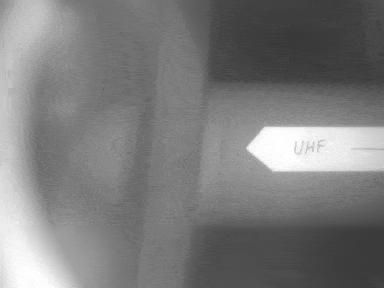Trial highlights benefits of a hard landing on Europa
Qinetiq has conducted a trial that shows how a specially shielded communications system could survive a deliberate impact with Jupiter’s moon Europa.

The Farnborough-based company conducted the test in partnership with Airbus and the UCL Mullard Space Science Laboratory (MSSL), marking the latest step in an on going programme supported by the European Space Agency (ESA) to demonstrate the concept of a ‘hard landing’ on the surface of a moon or planet.
A hard lander, instead of attempting a gentle touchdown, impacts at speeds of up to 300 metres per second, penetrating the surface to collect data from several metres below.
The trial was conducted at Cambridge University and consisted of a small-scale reverse ballistic test, in which a target representing an ice block was accelerated towards Qinetiq’s bullet-shaped ‘penetrator’ using a single stage gas gun.
Qinetiq’s communications equipment, concealed within the penetrator, is said to have remained fully operational after the test, despite having been subjected to peak loads of up to 35,000 times the force of gravity.
Register now to continue reading
Thanks for visiting The Engineer. You’ve now reached your monthly limit of news stories. Register for free to unlock unlimited access to all of our news coverage, as well as premium content including opinion, in-depth features and special reports.
Benefits of registering
-
In-depth insights and coverage of key emerging trends
-
Unrestricted access to special reports throughout the year
-
Daily technology news delivered straight to your inbox










Pipebots Transforming Water Pipe Leak Detection and Repair
Fantastic application.